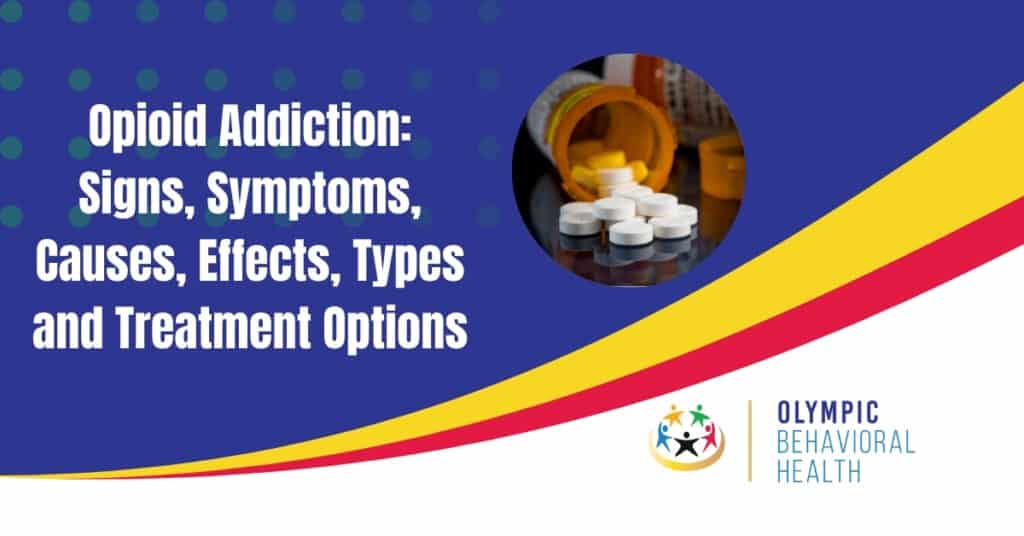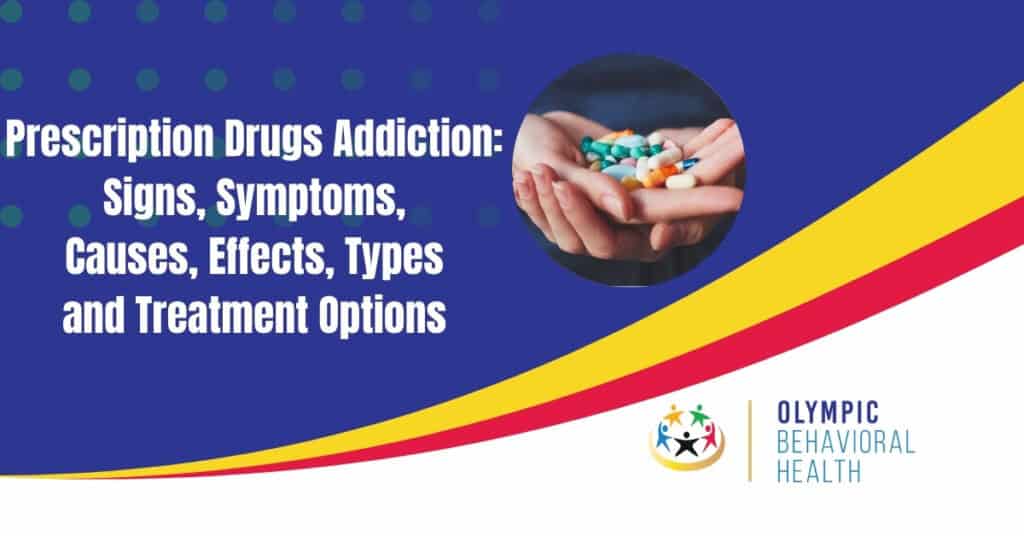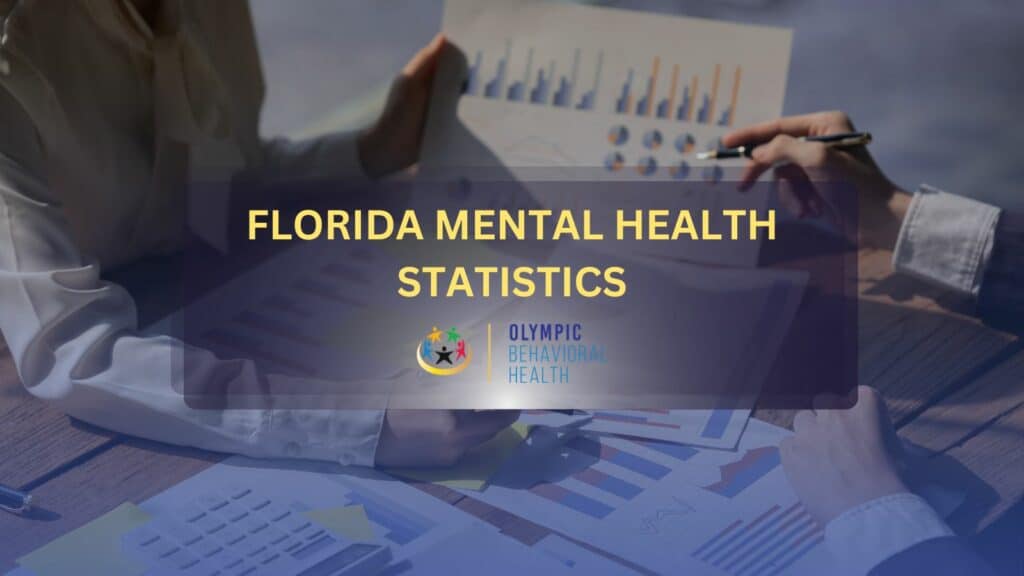Generalized Anxiety Disorder (GAD) is a mental health condition characterized by persistent and excessive worry that extends across various aspects of a person’s life. Individuals with GAD often find themselves anticipating disaster and experiencing heightened concern about multiple issues, including but not limited to money, health, family, work, and other general life circumstances. What distinguishes GAD is the difficulty in controlling this pervasive worry.
According to data from the Anxiety & Depression Association of America, GAD affects a substantial portion of the population, impacting 6.8 million adults or 3.1% of the U.S. population annually. Women are particularly vulnerable, being twice as likely to experience GAD. The onset of GAD is gradual and can manifest at any point in the life cycle, though the risk is highest between childhood and middle age.
Physical symptoms, such as stomachaches and headaches, may accompany the psychological distress experienced by those with GAD. However, when the anxiety level is mild to moderate or with proper treatment, individuals with GAD can function socially, lead fulfilling lives, and maintain gainful employment. Despite these capacities, some individuals may still struggle with avoidance behaviors, steering clear of situations due to their disorder, or missing out on opportunities due to persistent worry. In severe cases, GAD can impair even the simplest daily activities, underscoring the significant impact of this anxiety disorder on individuals’ lives.
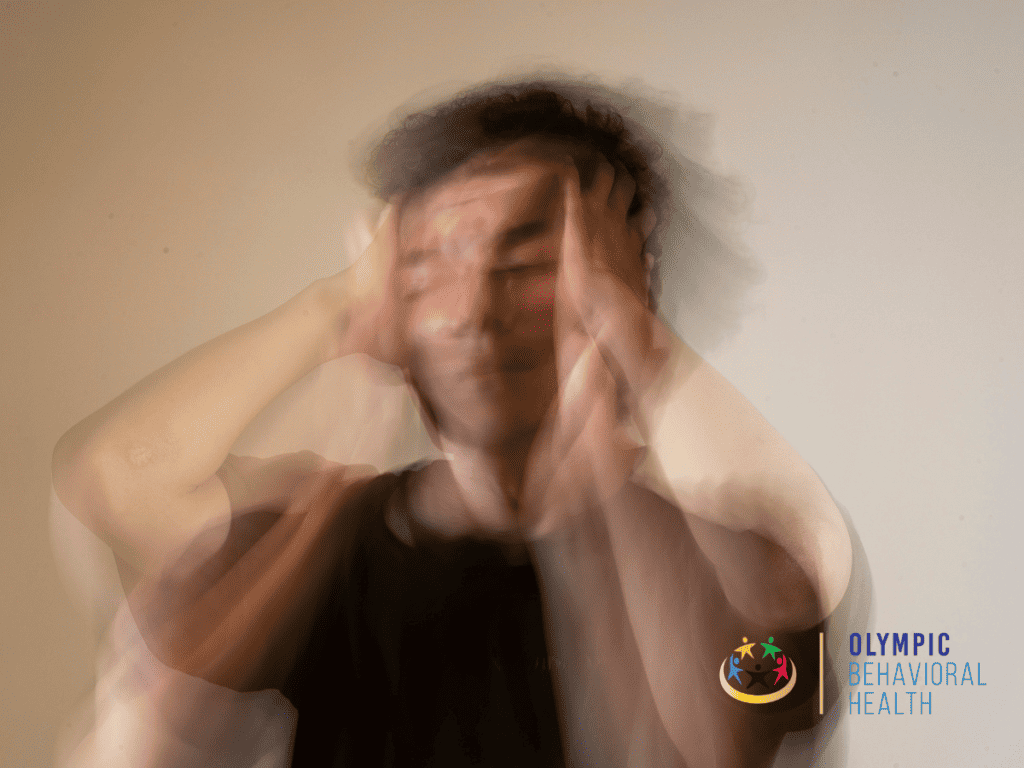
Who is Affected By Generalized Anxiety Disorder (GAD)?
Generalized anxiety disorder can impact individuals across various age groups, with its onset commonly observed in childhood or adolescence but capable of occurring at any point in life. The likelihood of being affected by GAD is twice as high for women and individuals assigned female at birth compared to men and individuals assigned male at birth.
What Are The Symptoms of Generalized Anxiety Disorder (GAD)?
The primary symptomatology associated with generalized anxiety disorder (GAD) revolves around an excessive and persistent worry with everyday concerns, significantly impacting one’s daily functioning. Individuals with GAD encounter difficulties in managing their fears or enduring feelings of nervousness, often acknowledging that their level of concern surpasses what is deemed reasonable.
Symptoms of GAD, which may fluctuate over time and intensify during periods of heightened stress, encompass both psychological and physical manifestations. These include:
- Restlessness: A pervasive sense of unease and an inability to relax.
- Irritability: Heightened sensitivity and a tendency to react with increased frustration.
- Fatigue: Easily tired or lacking energy, even without significant physical exertion.
- Shortness of Breath: Difficulty breathing or a sensation of breathlessness.
- Heart Palpitations: Awareness of rapid or irregular heartbeats.
- Difficulty Concentrating: Challenges in focusing or maintaining attention on tasks.
- Muscle Tension: Persistent tightness or discomfort in muscles.
- Headaches, Muscle Aches, Stomachaches, or Unexplained Pains: Physical discomfort without an apparent cause.
- Difficulty Falling Asleep and Staying Asleep: Sleep disturbances contribute to overall restlessness.
While occasional anxiety or worry is a normal facet of life, individuals with GAD experience an exceptionally heightened and frequent sense of worry or nervousness, even in situations where there is minimal or no apparent reason for such concerns. This persistent state of anxiety can significantly impact various aspects of their well-being and daily functioning.
What Are The Causes Of Generalized Anxiety Disorder (GAD)?
The precise origin of Generalized Anxiety Disorder (GAD) remains elusive to researchers, but they believe it results from an intricate interplay of genetic, biological, and environmental factors. Individuals with a first-degree natural relative, such as a sibling or parent, diagnosed with GAD are more susceptible to developing the disorder themselves.
Several brain areas and biological processes are integral to the regulation of fear and anxiety, although researchers continue to unravel the intricacies of these complex mechanisms. Additionally, environmental factors have been identified as potential contributors to an increased risk of GAD, including:
- Exposure to traumatic events.
- Prolonged exposure to a stressful environment.
- Coping with a chronic illness.
- Experiencing instances of child abuse.
These environmental elements are recognized as potential triggers that may heighten the likelihood of developing Generalized Anxiety Disorder.
How Is Generalized Anxiety Disorder (GAD) Diagnosed?
Healthcare providers and mental health professionals rely on the Diagnostic and Statistical Manual of Mental Disorders criteria for diagnosing generalized anxiety disorder (GAD), which includes the following:
- Experiencing excessive anxiety and worry for a minimum of six months.
- Struggling to control the worrying.
- The anxiety causes significant distress or impairs daily functioning.
- The absence of a physical cause, such as thyroid issues or substance use, for the anxiety.
- The presence of three or more associated symptoms for at least six months, including restlessness, fatigue, difficulty concentrating, muscle tension, sleep issues, and irritability.
If you suspect GAD in yourself or someone close to you, seeking consultation with a healthcare provider or mental health professional, such as a psychiatrist, is crucial. A physical exam and tests, including thyroid blood tests, blood glucose tests, an echocardiogram, and a toxicology screen, may be conducted to rule out physical medical conditions or substance-related causes for the symptoms.
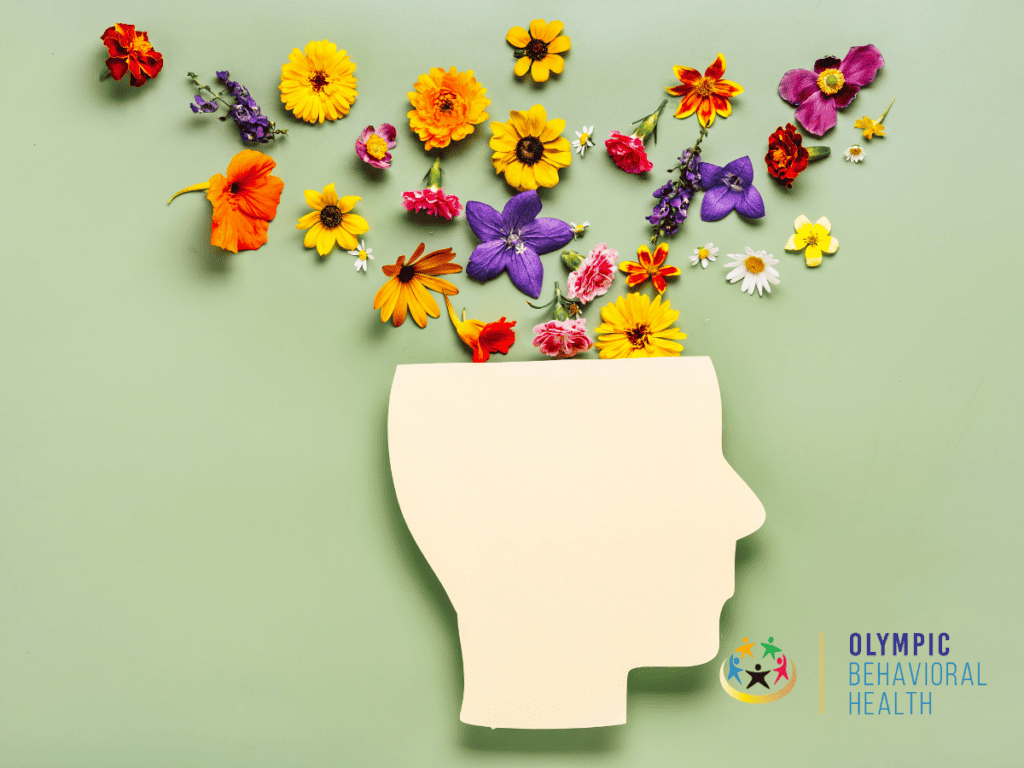
How Is Generalized Anxiety Disorder (GAD) Treated?
Generalized anxiety disorder (GAD) is typically addressed through psychotherapy (talk therapy), medication, or a combination of both.
Psychotherapy for GAD
Psychotherapy, also known as talk therapy, encompasses various treatment techniques aiming to assist individuals in recognizing and changing unhealthy emotions, thoughts, and behaviors. Conducted by licensed mental health professionals like psychologists or psychiatrists, psychotherapy offers support, education, and guidance to enhance functioning and well-being. Cognitive behavioral therapy (CBT) is commonly employed to treat GAD, focusing on examining and reshaping negative thoughts and behaviors to cultivate healthier thinking patterns and habits.
Medications for GAD
Healthcare providers or psychiatrists may prescribe medications to address GAD. Two main categories include:
- Antidepressants: Selective serotonin reuptake inhibitors (SSRIs) and serotonin-norepinephrine reuptake inhibitors (SNRIs) are commonly prescribed, although they may take several weeks to become effective.
- Anti-anxiety medications: Benzodiazepines, potent anti-anxiety sedatives, can be effective in rapidly alleviating severe GAD symptoms, but they may lead to tolerance over time. Consequently, they are often prescribed for short periods. Buspirone, another anti-anxiety medication, takes a few weeks to achieve full effectiveness.
What is Post Traumatic Stress Disorder (PTSD)?
Post Traumatic Stress Disorder (PTSD) is a psychiatric condition that can develop in individuals who have undergone or witnessed a traumatic event, series of events, or specific circumstances perceived as emotionally, physically, or life-threatening. Traumatic events encompass natural disasters, severe accidents, terrorist acts, war or combat, sexual assault, historical trauma, intimate partner violence, and bullying.
PTSD, historically known as “shell shock” and “combat fatigue,” is not confined to combat veterans; it can affect anyone, irrespective of ethnicity, nationality, or culture, at any age. According to the American Psychiatric Association, approximately 3.5 percent of U.S. adults experience PTSD annually, with a lifetime prevalence of 8 percent among adolescents aged 13-18. Women are twice as likely as men to be diagnosed with PTSD, and certain ethnic groups, including U.S. Latinos, African Americans, and Native Americans/Alaska Natives, exhibit higher rates than non-Latino whites.
Individuals with PTSD struggle with intense and distressing thoughts and emotions linked to the traumatic event, persisting long after its occurrence. Symptoms include reliving the event through flashbacks or nightmares, experiencing sadness, fear, or anger, and feeling detached from others. Avoidance of situations or people reminiscent of the trauma and adverse solid reactions to commonplace stimuli like loud noises or accidental touches are common.
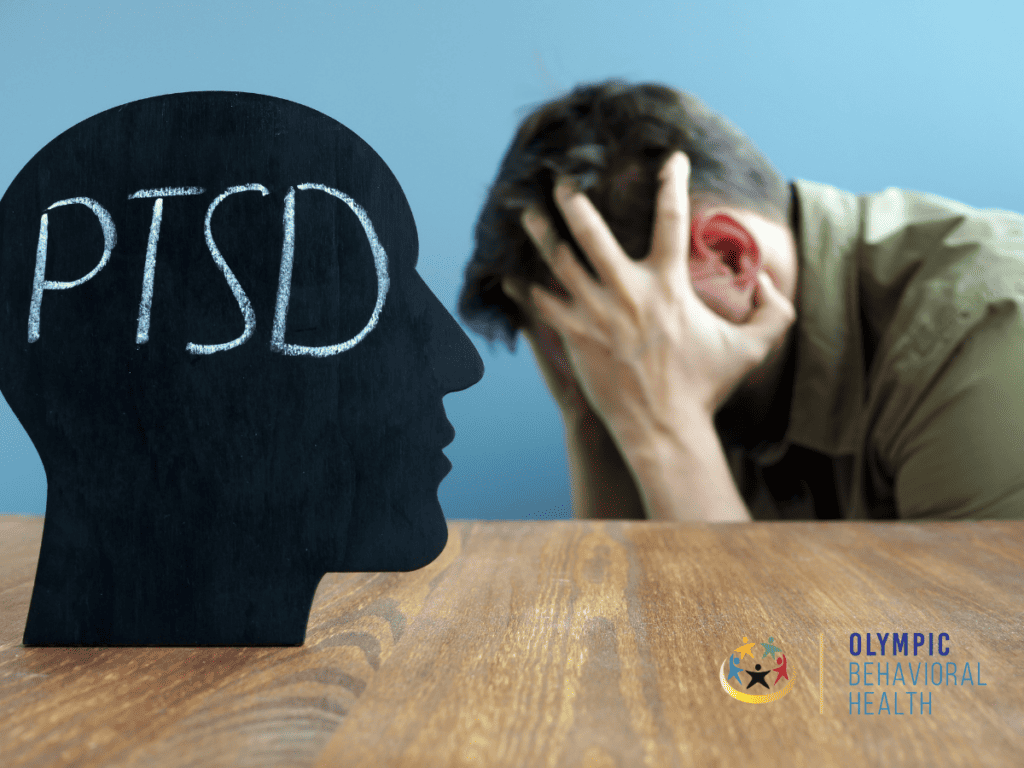
What Are The Symptoms of Post Traumatic Stress Disorder (PTSD)?
PTSD symptoms typically surface within three months of a traumatic event but may emerge later. For a PTSD diagnosis, symptoms must persist for more than a month and significantly disrupt daily life, independent of medication, substance use, or other illnesses.
The course of PTSD varies; some recover within six months, while others endure symptoms for a year or more. Those with PTSD often experience concurrent conditions like depression, substance use, or additional anxiety disorders.
After a traumatic event, it’s natural to exhibit some symptoms. Mental health professionals, such as psychiatrists, psychologists, or clinical social workers, can assess whether these symptoms align with PTSD criteria.
Re-experiencing Symptoms
They may include flashbacks, recurring memories or dreams, distressing thoughts, and physical signs of stress triggered by words, objects, or situations reminiscent of the event.
Avoidance Symptoms
Involves staying away from reminders, avoiding related thoughts or feelings, and may lead to routine changes, such as avoiding driving after a car accident.
Arousal and Reactivity Symptoms
These symptoms include being easily startled, tense, having difficulty concentrating, experiencing sleep disturbances, irritability, and engaging in risky behavior.
Cognition and mood symptoms
Manifest as trouble remembering details of the event, negative thoughts, exaggerated self-blame or blame toward others, ongoing negative emotions, loss of interest, social isolation, and difficulty experiencing positive emotions. These symptoms can emerge or worsen after the traumatic event, contributing to a sense of detachment from friends and family.
What Are The Causes of Post Traumatic Stress Disorder (PTSD)?
Post-traumatic stress disorder (PTSD) may arise following an extremely stressful, frightening, or distressing incident or after enduring prolonged traumatic circumstances.
Various events that can trigger PTSD encompass:
- Severe accidents.
- Physical or sexual assault.
- Abuse, including childhood or domestic abuse.
- Exposure to traumatic situations at work, even from a distance.
- Serious health issues, such as being admitted to intensive care.
- Experiences related to childbirth, such as losing a baby.
- The death of a close person.
- Exposure to war, conflict, or torture.
According to the National Health Service of England, approximately 1 in 3 individuals who undergo severe trauma may develop PTSD. The reasons why some individuals develop this condition while others do not are not fully comprehended.
How Is Post Traumatic Stress Disorder (PTSD) Diagnosed?
To diagnose PTSD in adults, the following must be present for at least a month:
- At least one re-experiencing symptom.
- At least one avoidance symptom.
- At least two arousal and reactivity symptoms.
- At least two cognition and mood symptoms.

How is Post Traumatic Stress Disorder (PTSD) Treated?
Individuals experiencing PTSD symptoms benefit significantly from collaborating with a mental health professional well-versed in PTSD treatment. The primary treatments involve psychotherapy, medications, or a combination of both, tailored to address specific symptoms and needs.
In cases where ongoing trauma, like abusive relationships, persists, effective treatment addresses both the traumatic situation and PTSD symptoms. Trauma survivors may also contend with panic disorder, depression, substance use, or suicidal thoughts, necessitating treatment for comprehensive recovery. The research underscores the vital role of support from family and friends in the recovery process.
Psychotherapy
Psychotherapy, or talk therapy, employs various techniques to help individuals identify and modify troubling emotions, thoughts, and behaviors. Lasting 6 to 12 weeks or more, psychotherapy can be individual or group-based. It addresses PTSD symptoms or focuses on social, family, or occupational challenges. Cognitive behavioral therapy, a common psychotherapy type, includes exposure therapy and cognitive restructuring.
- Exposure therapy gradually exposes individuals to their trauma in a controlled manner, aiding fear management.
- Cognitive restructuring helps individuals make sense of the traumatic event, rectifying distorted memories or feelings of guilt and shame.
Medications
The U.S. FDA has approved selective serotonin reuptake inhibitors (SSRIs), a type of antidepressant, for treating PTSD. SSRIs can assist in managing symptoms like depression, anxiety, anger, and emotional numbness. Healthcare providers may prescribe SSRIs alongside psychotherapy. Some medications target specific PTSD symptoms, such as sleep disturbances and nightmares.
Finding the optimal medication or combination and the correct dosage is a collaborative process between individuals and their healthcare providers.
Reach out to us or look at our page about depression therapy treatment that we offer in West Palm Beach Florida, to have better understanding how we can help you.
Don’t be shy and take your first step into your new life.
What Is The Difference Between Generalized Anxiety Disorder And Post Traumatic Stress Disorder (PTSD)?
Generalized Anxiety Disorder (GAD) involves persistent, excessive worry about various aspects of life. Post-Traumatic Stress Disorder (PTSD) stems from trauma exposure, causing intense symptoms like flashbacks. GAD is chronic, while PTSD results from specific traumatic events. Diagnosis involves different criteria, and treatments vary, with GAD often treated with therapy and medications and PTSD requiring trauma-focused therapies.
Generalized Anxiety Disorder Vs Post Traumatic Stress Disorder (PTSD) Comparison Table
This table provides a concise overview of the distinctions between Generalized Anxiety Disorder (GAD) and Post-Traumatic Stress Disorder (PTSD) in terms of symptoms, causes, diagnosis, and treatment:
| Feature | Generalized Anxiety Disorder (GAD) | Post-Traumatic Stress Disorder (PTSD) |
|---|---|---|
| Nature of Condition | Chronic anxiety about various issues. | Trauma-focused therapies and medications. |
| Symptoms | Excessive worry, restlessness, irritability. | Flashbacks, nightmares, avoidance, hypervigilance. |
| Causes | Exposure to traumatic events and related symptoms. | Trauma-induced symptoms persist after an event. |
| Onset | Gradual onset. | Linked to a specific traumatic incident. |
| Diagnosis Criteria | Excessive worry for at least 6 months. | Exposure to traumatic events and related symptoms. |
| Prevalence | 3.1% of the U.S. population (GAD). | 6% of the U.S. population (PTSD). |
| Gender Difference | Women are twice as likely to be affected. | Women are twice as likely to be affected. |
| Common Co-occurring Issues | Depression, other anxiety disorders. | Depression, substance use, suicidal thoughts. |
| Treatment Approach | Psychotherapy, medications. | Trauma-focused therapies, medications. |
| Prognosis | Can function socially with treatment. | Trauma-focused therapies and medications. |
Can Panic Attacks in Addiction Recovery Lead to Generalized Anxiety Disorder or PTSD?
Yes, managing panic attacks during recovery is crucial, as they can potentially lead to relapse and continued addiction. The intense fear and distress experienced during panic attacks can exacerbate underlying mental health conditions, making it important to address and effectively manage these symptoms in addiction recovery.
What Are The Similarities Between Generalized Anxiety Disorder And Post Traumatic Stress Disorder (PTSD)?
While Generalized Anxiety Disorder (GAD) and Post-Traumatic Stress Disorder (PTSD) differ in their origins and specific symptoms, they share some similarities:
- Emotional Distress: Both conditions involve significant emotional distress. GAD is characterized by persistent worry and anxiety about various aspects of life, while PTSD stems from intense emotional responses to traumatic events.
- Impaired Functioning: Both disorders can impair daily functioning. GAD may interfere with social interactions and work, while PTSD, with symptoms like flashbacks and hypervigilance, can disrupt various aspects of life.
- Co-Occurring Issues: Individuals with GAD or PTSD may experience co-occurring mental health issues. Depression, substance use, and other anxiety disorders can accompany both conditions.
- Response to Triggers: Both disorders involve heightened reactions to triggers. GAD triggers may be generalized worries, while PTSD triggers are specific to the traumatic event, leading to symptoms like avoidance.
- Impact on Quality of Life: GAD and PTSD can significantly impact an individual’s quality of life. Relationships, work, and daily activities may be affected, leading to diminished overall well-being.
What is the Difference Between Generalized Anxiety Disorder and PTSD in Individuals with Co-Occurring Disorders?
Individuals with co-occurring disorders may experience both Generalized Anxiety Disorder and PTSD. While GAD causes excessive worry and fear, PTSD is triggered by past traumatic events. Dual diagnosis treatment is crucial in addressing both conditions simultaneously, as they can exacerbate one another if left untreated.
Get Help at Olympic Behavioral Health
In navigating the challenges of Generalized Anxiety Disorder (GAD) and Post-Traumatic Stress Disorder (PTSD), seeking professional help is pivotal for effective management and recovery. At Olympic Behavioral Health, our dedicated team understands the nuances of these conditions and provides comprehensive support tailored to your unique needs. With evidence-based therapies and compassionate care, we stand ready to assist you on your journey to well-being. Take the first step towards a healthier life – contact Olympic Behavioral Health for personalized and effective mental health support. Your path to healing starts here.

Share This Post

